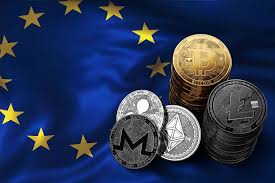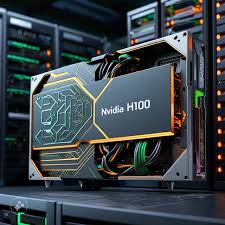Thanks to laxer rules and a surge in product innovation, assets in actively managed exchange-traded funds (ETFs) reached a record $1 trillion globally at the end of August, according to data provider ETFGI.
Active exchange-traded funds (ETFs) aim to surpass their benchmarked indexes, which comprise the S&P 500, Nasdaq 100, and Russell 1000 Growth Index. 2008 saw the introduction of the first active ETF by Bear Stearns.
In the most recent episode of Inside ETFs, Matthew Bartolini, head of SPDR Americas Research at State Street Research, said that although active ETFs make up just 7% of all global ETFs, they have been responsible for 30% of all inflows into the funds overall over the last several years.
Laptops 1000The 2019 rule, also called the “ETF rule,” which simplified the difficult process of receiving clearance for active ETFs from the U.S. Securities and Exchange Commission, was cited by experts as a major growth stimulus.
Based on data from ETF.com, assets in the active ETF category have increased by around ten times since 2019.
This year has seen continued growth. ETFGI data showed that as of August 31, active ETF assets had increased by 42%.
According to Bartolini, the looser rules have also spurred innovation, pushing issuers to develop cutting-edge product strategies in a competition for investor capital.
Active exchange-traded funds (ETFs) range from basic options like the BlackRock Large Cap Value ETF to more specialized ones like the AdvisorShares Vice ETF, which invests in stocks of businesses in the cannabis, alcohol, and cigarette sectors.
“These regulatory rule changes have accelerated some of the more novel approaches that ETF issuers can bring to the marketplace,” Bartolini stated.
The highly volatile Ark Innovation ETF, which surged 152% in 2020 before plunging 23% the following year, is one example of an active exchange-traded fund (ETF).
It has lost 9.74% of its value thus far in 2024, while the S&P 500 has gained 20%. Certain ETFs, such as leveraged ones linked to the performance of specific equities, like Nvidia, can potentially increase risk.

















